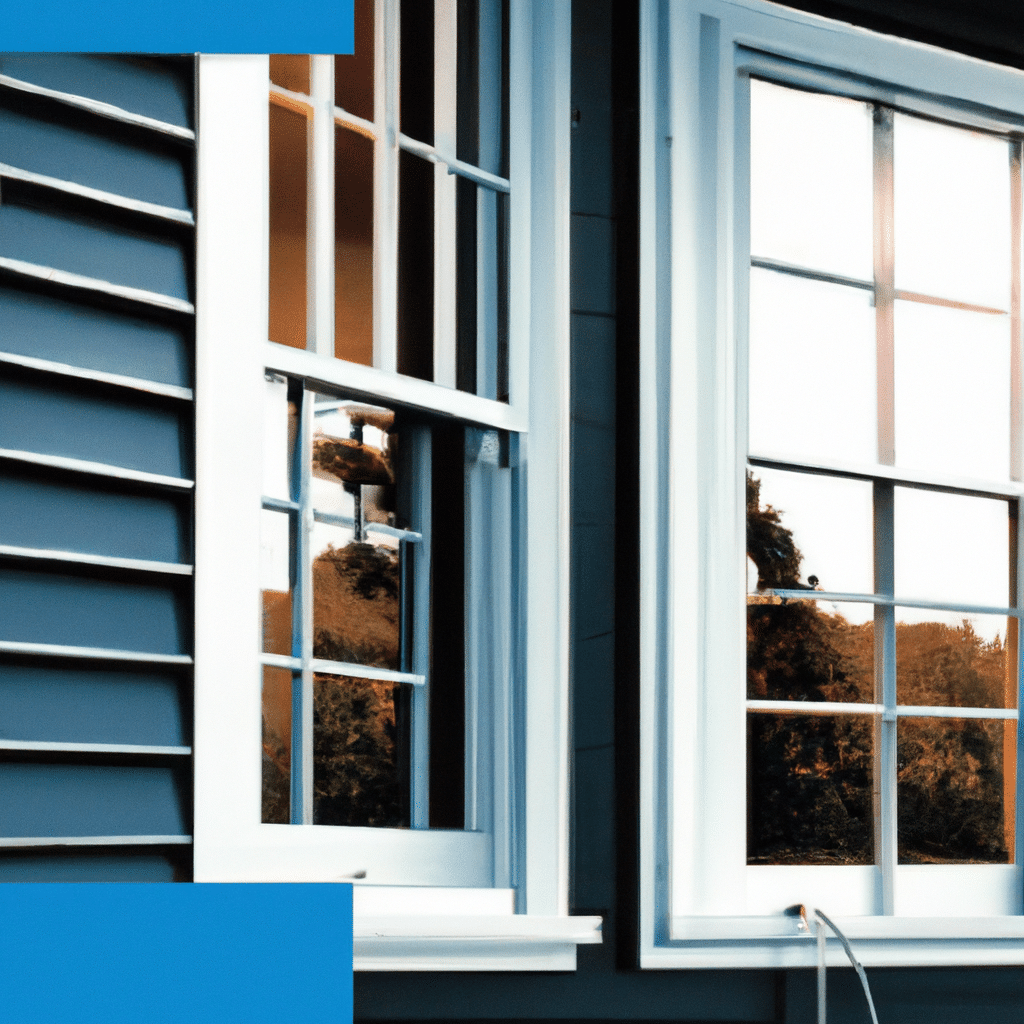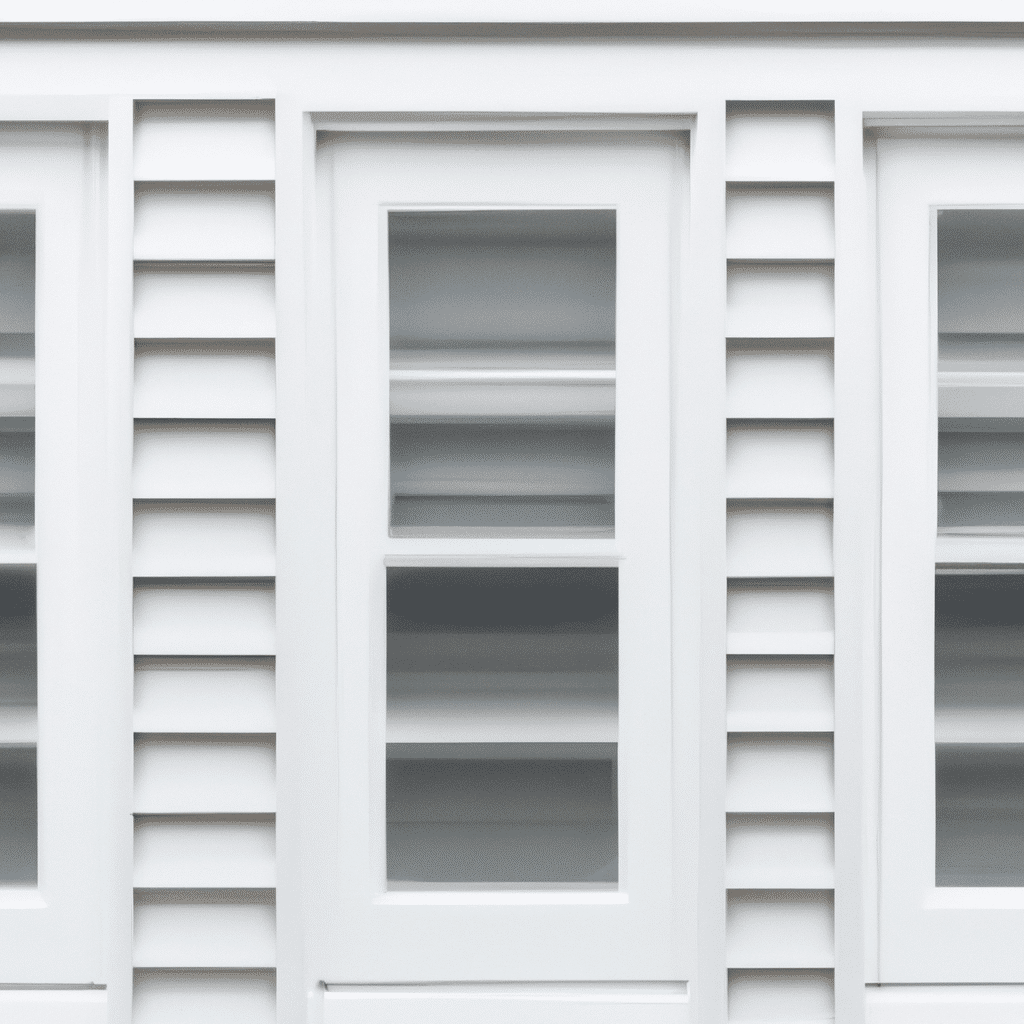If you’re considering installing impact windows and doors in your home, it’s essential to understand the building codes that are associated with these installations. These regulations are put in place to ensure the safety and structural integrity of your property, especially in areas prone to hurricanes and high winds. By adhering to these codes, you can have peace of mind knowing that your new windows and doors are designed to withstand the toughest weather conditions and protect your home from potential damage. So, let’s take a closer look at the building codes you should be aware of before embarking on this home improvement journey. Building codes play a crucial role in ensuring the safety, functionality, and energy efficiency of buildings. When it comes to impact window and door installations, there are specific building codes that need to be followed to ensure that these installations can withstand strong winds, provide energy efficiency, and adhere to accessibility and safety requirements. In this article, we will delve into the various building codes associated with impact window and door installations, including the International Building Code (IBC), Florida Building Code (FBC), Miami-Dade County Building Code, coastal building codes, wind load requirements, energy efficiency codes, fire safety codes, accessibility codes, and installation standards.

1. Overview of Building Codes
1.1 Importance of Building Codes
Building codes are regulations and standards set by local and international governing bodies to ensure that buildings are constructed and maintained in a safe and compliant manner. These codes are developed based on industry best practices, scientific research, and lessons learned from past events. By adhering to building codes, we can mitigate risks, protect lives, and safeguard property during natural disasters, such as hurricanes and tornadoes.
1.2 Purpose of Building Codes
The primary purpose of building codes is to establish minimum requirements for the design, construction, and performance of buildings. This includes everything from structural integrity and fire safety to energy efficiency and accessibility. Building codes aim to ensure that buildings are built to withstand the environmental conditions and hazards they may encounter throughout their lifetime. Compliance with building codes not only protects occupants but also reduces the chances of costly damages and repairs.
1.3 Impact Window and Door Installations
Impact window and door installations refer to the inclusion of specially designed windows and doors that can withstand strong winds, debris impact, and extreme weather conditions. These installations are particularly important in areas prone to hurricanes and tropical storms. By meeting specific building code requirements, impact windows and doors contribute to the overall resilience and safety of buildings, protecting occupants, and minimizing property damage.
2. International Building Code (IBC)
2.1 Application of the IBC
The International Building Code (IBC) is a model code that serves as a foundation for building regulations in the United States and internationally. It provides comprehensive standards for the design, construction, and maintenance of buildings. While each state and local jurisdiction may adopt and modify the IBC to suit their specific needs, it establishes a baseline for building safety and performance.
2.2 Requirements for Impact Window and Door Installations
The IBC includes specific requirements for impact window and door installations. These requirements pertain to factors such as wind resistance, debris impact resistance, structural design, and installation practices. Compliance with these requirements ensures that the windows and doors can withstand the wind forces and impact loads expected during severe weather events.
3. Florida Building Code (FBC)
3.1 Adoption of the FBC in Florida
In Florida, the Florida Building Code (FBC) is the governing document for construction and building-related activities. The FBC incorporates the IBC as its structural code but also includes additional requirements and provisions tailored to the unique environmental conditions and hazards in the state.
3.2 Specific Requirements for Impact Window and Door Installations in Florida
Given Florida’s vulnerability to hurricanes, the FBC places particular emphasis on impact window and door installations. The code outlines specific requirements for wind resistance, impact resistance, water penetration resistance, and proper installation methods. These requirements are aimed at ensuring the structural integrity of buildings and the safety of occupants during severe weather events.
4. Miami-Dade County Building Code
4.1 Stringent Standards in Miami-Dade County
Miami-Dade County has its own building code that sets even more stringent standards than the FBC. This is due to the county’s location in a high-velocity hurricane zone. The Miami-Dade County Building Code incorporates the most rigorous performance standards for impact windows and doors to withstand the extreme weather conditions prevalent in the area.
4.2 Impact Window and Door Requirements in Miami-Dade County
In Miami-Dade County, impact window and door installations must adhere to the highest standards of wind resistance, water ingress prevention, and debris impact resistance. These requirements are imposed to ensure the safety and protection of buildings and their occupants from the destructive forces of hurricanes and other severe weather events.

5. Coastal Building Codes
5.1 Building Codes for Coastal Areas
Coastal areas are susceptible to various hazards, including strong winds, storm surge, and corrosion from saltwater exposure. As a result, coastal building codes have specific requirements to address these challenges and protect buildings in these regions. These codes often incorporate the IBC and add additional provisions for coastal hazards.
5.2 Impact Window and Door Installations in Coastal Zones
Impact window and door installations in coastal zones must meet the requirements of both the IBC and the specific coastal building codes. These requirements typically place an emphasis on wind resistance, corrosion resistance, water ingress prevention, and impact resistance. By adhering to these codes, buildings in coastal areas can withstand the unique challenges posed by their environment.
6. Wind Load Requirements
6.1 Determining Wind Load
Wind load refers to the force exerted by wind on a structure or component. Calculating wind load is essential to ensure the proper design and installation of impact windows and doors. Factors such as wind speed, building height, location, and terrain are taken into account to determine the wind load requirements specific to a particular project.
6.2 Impact Window and Door Load Resistance
Impact windows and doors must be designed and installed to withstand the specified wind load requirements. This includes using materials and reinforcements capable of handling the wind forces exerted during severe weather events. By complying with wind load requirements, impact windows and doors can effectively resist the forces of hurricanes, tornadoes, and strong winds.
7. Energy Efficiency Codes
7.1 Importance of Energy Efficiency
Energy efficiency is a key aspect of sustainable building practices. By reducing energy consumption, buildings can minimize their carbon footprint and contribute to environmental preservation. Energy efficiency codes focus on reducing heat gain or loss through windows and doors, thereby improving the overall energy performance of buildings.
7.2 Energy Efficiency Requirements for Impact Window and Door Installations
Impact window and door installations must meet specific energy efficiency requirements outlined in relevant building codes. These requirements often specify maximum U-values, Solar Heat Gain Coefficients (SHGC), and Air Leakage (AL) rates. By complying with these requirements, impact windows and doors contribute to the overall energy efficiency and thermal performance of buildings.
8. Fire Safety Codes
8.1 Fire Resistance Ratings
Fire safety is a critical consideration in building design and construction. Fire safety codes ensure that buildings are equipped with the necessary measures to prevent the spread of fire and protect occupants. While impact windows and doors are primarily designed to resist wind forces and impact loads, they may also need to meet specific fire resistance ratings to comply with fire safety codes.
8.2 Fire Safety Measures for Impact Window and Door Installations
Fire safety codes may require impact windows and doors to withstand fire exposure for a specified period. This can be achieved through the use of fire-rated glass or fire-resistant materials in the construction of these installations. By incorporating appropriate fire safety measures, impact windows and doors can contribute to the overall protection of buildings and their occupants during fire incidents.
9. Accessibility Codes
9.1 Ensuring Accessibility
Accessibility codes aim to ensure that buildings are accessible to individuals with disabilities. These codes outline requirements for door widths, maneuvering clearances, door hardware, and other related factors to facilitate barrier-free access. Impact windows and doors must adhere to these accessibility codes to ensure that everyone can move in and out of buildings easily, including during emergency situations.
9.2 Impact Window and Door Accessibility Requirements
Impact windows and doors should comply with accessibility codes regarding maneuvering clearances, operating forces, and hardware accessibility features. These requirements ensure that impact window and door installations are inclusive and accessible to people of all abilities, including those who use mobility aids.
10. Installation Standards
10.1 Testing and Certification
To ensure the reliability and performance of impact window and door installations, testing and certification are essential. Various testing protocols and standards evaluate the ability of these installations to withstand wind loads, impact forces, water penetration, and other relevant performance criteria. Installation companies should follow these testing and certification processes to ensure compliance with building codes and provide customers with reliable and certified products.
10.2 Proper Installation Practices
Proper installation of impact windows and doors is crucial to ensure their performance and longevity. Installation standards should be followed, including proper flashing, anchorage, and sealing techniques. Adhering to these installation practices ensures that impact windows and doors operate effectively, meet the specified requirements, and resist wind, water, and impact forces as designed.
In conclusion, there are numerous building codes associated with impact window and door installations to ensure the safety, functionality, and energy efficiency of buildings. These codes, such as the International Building Code, Florida Building Code, Miami-Dade County Building Code, coastal building codes, wind load requirements, energy efficiency codes, fire safety codes, accessibility codes, and installation standards, provide comprehensive guidelines for the design, construction, and performance of impact windows and doors. By complying with these codes, buildings can withstand severe weather events, conserve energy, enhance fire safety, ensure accessibility, and ultimately protect the lives and property of occupants.
